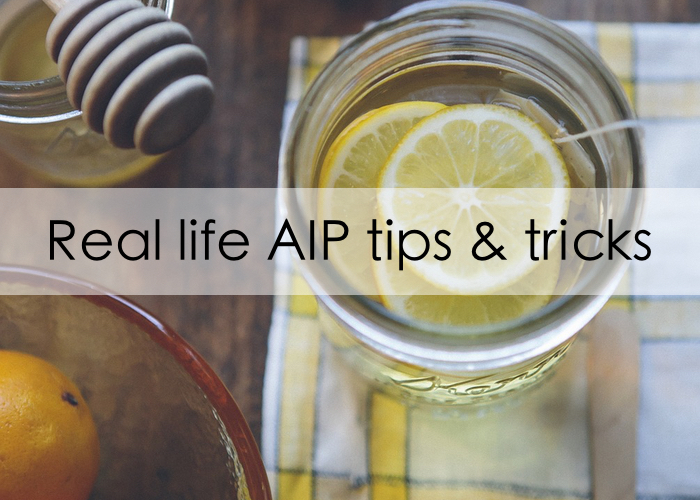 Real life AIP tips and tricks features stories from people like you who are using the Paleo Autoimmune Protocol to manage an autoimmune condition and live well in spite of the obstacles they may encounter. Healing from an autoimmune disease is not just about the food, though. While the food you eat (and don’t eat) is extremely important, other lifestyle factors are at play, such as reducing emotional stress, cultivating quality sleep, practicing regular exercise, or keeping a positive outlook on life. My wish for you is to draw strength and inspiration from these real life stories from all over the world. To contribute your own story of recovery on the blog, click here to download the submission form. To read more real life AIP tips and tricks, click here.
Real life AIP tips and tricks features stories from people like you who are using the Paleo Autoimmune Protocol to manage an autoimmune condition and live well in spite of the obstacles they may encounter. Healing from an autoimmune disease is not just about the food, though. While the food you eat (and don’t eat) is extremely important, other lifestyle factors are at play, such as reducing emotional stress, cultivating quality sleep, practicing regular exercise, or keeping a positive outlook on life. My wish for you is to draw strength and inspiration from these real life stories from all over the world. To contribute your own story of recovery on the blog, click here to download the submission form. To read more real life AIP tips and tricks, click here.
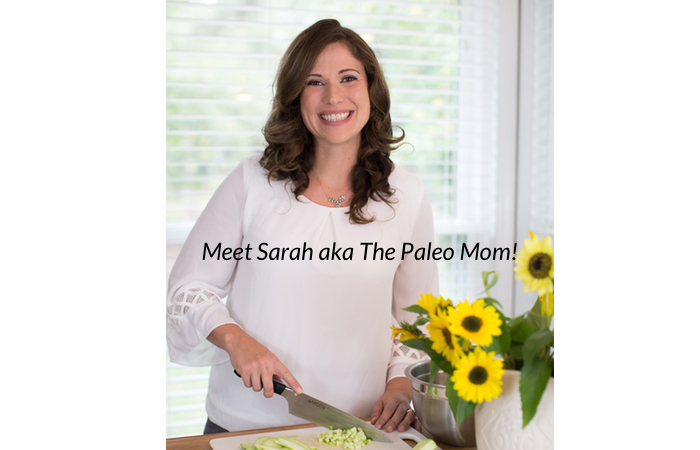 Name: Sarah Ballantyne
Name: Sarah Ballantyne
Diagnosis: Hashimoto’s Thyroiditis, Fibromyalgia, Irritable Bowel Syndrome, Psoriasis, and Lichen Planus
When did you start AIP? Have you reintroduced any non-AIP foods yet?
I started the AIP diet as a New Year’s resolution on January 1st, 2012, after four months of standard Paleo created great improvements in so many of my health conditions but didn’t help me achieve the full symptom relief I wanted from an autoimmune disease called Lichen Planus. I saw great results with the diet, but I still remember the time seven months in when I tried to reintroduce nightshades in the form of tomatoes—I flared for several months! That included lots and lots of intense joint pain and a resurgence of my skin conditions.
I tried a few more reintroductions at 10 months, but only a handful went well (seed-based spices and dark chocolate). It wasn’t until 15 months of AIP that I was able to reintroduce a substantial number of foods successfully, including nuts, seeds, coffee, chocolate, rice, occasional corn and gluten-free grains, and occasional alcohol (especially tequila).
For those foods that just really don’t work for me, I get different reactions from different foods: I get a migraine within 10 minutes of consuming dairy, gluten cross-contamination makes me vomit and causes autoimmune flares, nightshades cause fibromyalgia pain and skin flares, and I get acne from soy, eggs, yeast and too much sugar.
Which tips or tricks made your life easier in the kitchen and helped you stick with the AIP diet?
I’m very fond of the “cook once, eat twice (or three times, or four, LOL!)” approach. When I started eating Paleo, it was tough to find things my kids enjoyed eating. When I landed on a couple of staples they really enjoyed, I basically started making them in bulk. If I’m going to roast chicken, I always roast two. If I’m making burgers, which I make with a mixture of ground beef and ground liver, I make at least 2 dozen 5-oz patties and freeze them. My kids eat those for breakfast during the week some mornings and they’re great for rushed evenings when there isn’t much time to cook dinner. I often cook one extra thing for breakfasts, lunches, or the freezer when I’m cooking dinner too, like waffles for my kids’ breakfasts during the week, muffins for school snacks, or soup for my breakfasts. I don’t do a big batch cooking session, but I basically try to make my time in the kitchen worthwhile by cooking a little extra every time.
What are your top three AIP go-to meals that are easy and quick to prepare?
Whole Roasted Chicken with sweet potatoes baked in the microwave and Braised Kale.
 50/50/50 Burgers with Cassava Fries or Paleo French Fries and a simple side salad.
50/50/50 Burgers with Cassava Fries or Paleo French Fries and a simple side salad.
 Anything in the Instant Pot, like my Balsamic Instant Pot Roast Beef.
Anything in the Instant Pot, like my Balsamic Instant Pot Roast Beef.
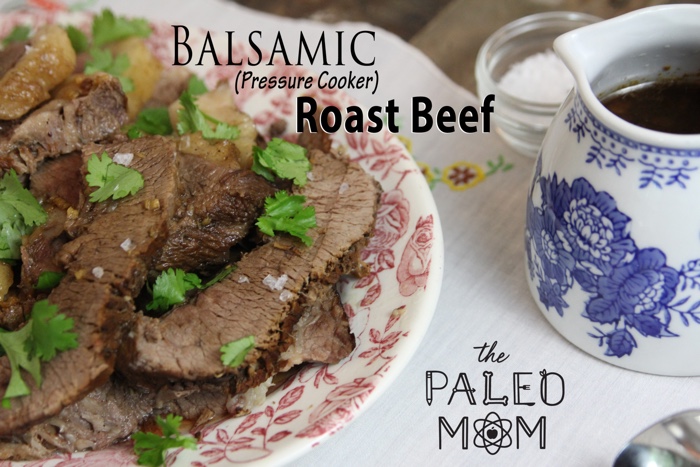
What are your favorite AIP snacks?
I like anything portable I can keep on hand in my car, purse, or gym bag. I usually try not to snack between meals, but with AIP I think it’s important to have compliant snacks on hand. I like EPIC Beef-Apple-Bacon Bars, EPIC Salmon Bites, Paleo Angel Power Balls, Jackson’s Honest Sweet Potato Chips, and Sea Snax.

How do you manage to stay AIP outside of the house (at work, restaurants, travel, etc.)?
- When I travel, the key for me is to be very up front about my specific needs. That means I often call restaurants ahead of time to let them know, for instance, that I can’t eat even a little bit of nightshades, dairy, or gluten. If they feel confident they can accommodate me, I feel comfortable going in and there’s much less confusion (and risk of contamination). AIP does make it tougher to decide on the fly what I’m going to eat, but it makes planning for the best restaurants a lot of fun!
- I also always travel with portable protein, like EPIC Salmon Bites, EPIC Beef-Apple-Bacon Bars, canned oysters, pouches of tuna or salmon, plantain chips, carrot and celery sticks (good for a few days at room temperature), and apples. If my hotel restaurant can’t accommodate a gluten-free breakfast, I’ve got something to eat. And I carry more food in my purse when I travel just in case I get stuck, delayed, surprised by a restaurant’s inability to accommodate me, etc.
- I also generally try to choose hotel rooms with a mini fridge and a microwave, so I can stock up on clean choices from the local grocery store for meals in my room.
What other lifestyle components have you implemented in your healing routine (sleep, stress management, exercise, etc.)?
I’m so glad you asked this question! I think lifestyle components can be underrated on AIP. It’s too easy for us to get caught up in the specifics of this diet and ignore lifestyle factors, but there’s a growing body of research showing that’s the opposite of the approach we should be taking.
- Movement (I do CrossFit workouts with a trainer and work at a treadmill desk) and stress management (mostly in the form of meditation and quality time with my kids) have been a focus for me for a couple years now.

- In the last year or so, I’ve really stepped up my attention to sleep. There’s evidence that sleep is the biggest single input to our health, and anecdotally I know my own health takes a sharp dive if I don’t get about 8.5 hours every night. I developed Go To Bed: 14 Easy Steps to Healthier Sleep to help others focus on this, too.
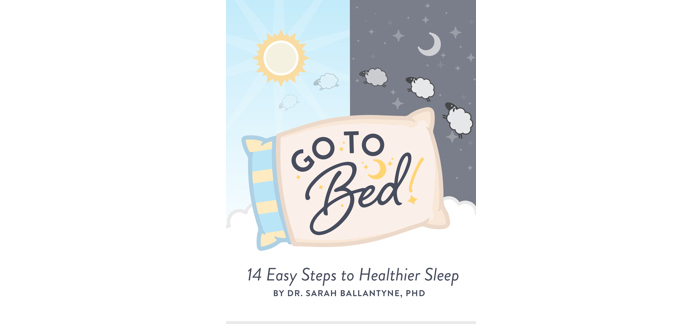
What advice would you give to a beginner just starting the AIP diet and lifestyle?
Don’t get so wrapped up in “perfection” that you create unnecessary stress. Yes, compliance is really important during the elimination phase of the AIP. But managing stress, connecting with friends and family, and keeping a positive outlook are also important, and finding a balance between these two sides of the equation can be tough for all of us.
What are your favorite AIP resources?

Well, I have to plug my own books: The Paleo Approach, The Paleo Approach Cookbook, and The Healing Kitchen! They’re some of the most comprehensive resources out there. My friends Mickey and Angie at AutoimmuneWellness.com just put out a fabulous book called The Autoimmune Wellness Handbook that I absolutely love. And there’s a fabulous community of AIP bloggers and authors that I personally lean on for support. I’ve found it to be one of the most welcoming and supportive communities out there, and I’m so thankful for the chance to collaborate with them as well. I actually created a page just for the AIP Community, you can see it here!
You can find Sarah on her website, The Paleo Mom, as well as Facebook, Instagram, Pinterest, Twitter, and Periscope.
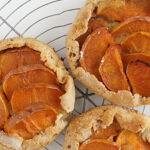

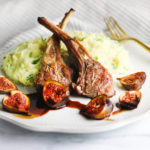
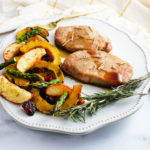
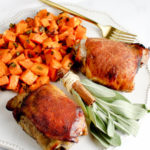
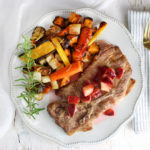
Leave a Reply